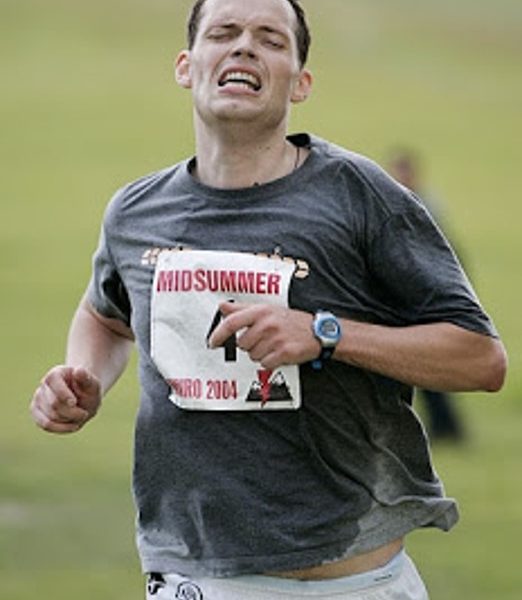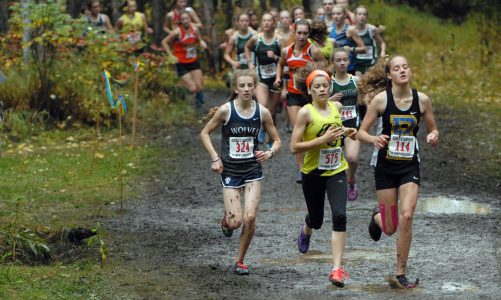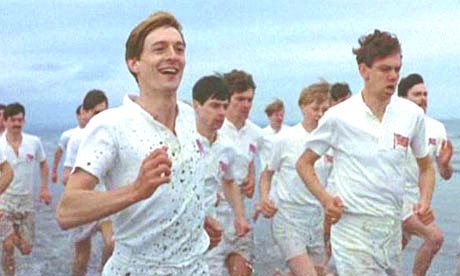Overall figures
In this post I’m going to use data from the Big Running Survey, conducted as part of my PhD a couple of years ago, to explore variations in the motivations of different types of runner based on gender and age.
I’m not going to try to explain the patterns – that will be left to other posts. Here I’m just going to describe and plot some of the data.
* * *
In my 2016 survey of over 2,500 British runners, participants were asked – amongst other things – to rate twenty possible motivations for running as ‘not important’, ‘quite important’ or ‘very important’ to them. Here are the overall results:
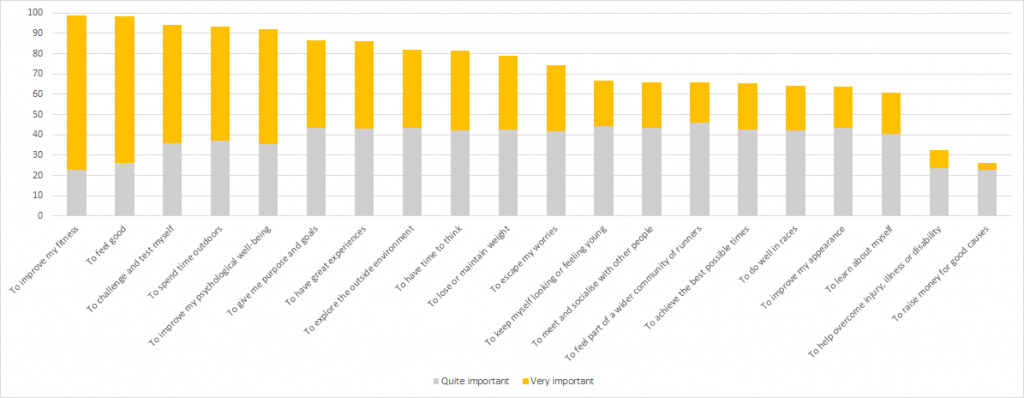
This chart shows the percentage of all runners stating that a range of motives are either quite or very important to their involvement in the sport. The most common motives are on the left, and the less common are on the right.
Some motives, such as improving fitness and just to ‘feel good’ are near ubiquitous. Many others are common to the majority of runners, suggesting that most runners’ motivations are complex and multi-faceted.
Gender differences
The data used in the chart above is based on all the runners in the sample, which includes a disproportionate number of women, who responded to my requests for participants in higher numbers. So let’s split the data into two groups to compare the motivations by gender. To keep things simple, we’ll just look at ‘very important’ motivations.
The two charts below show the percentage of each group of runners who indicated each given motivation was ‘very important’. The same data are displayed in descending order of male motivations in the top chart, and in descending order of female motivations on the bottom.
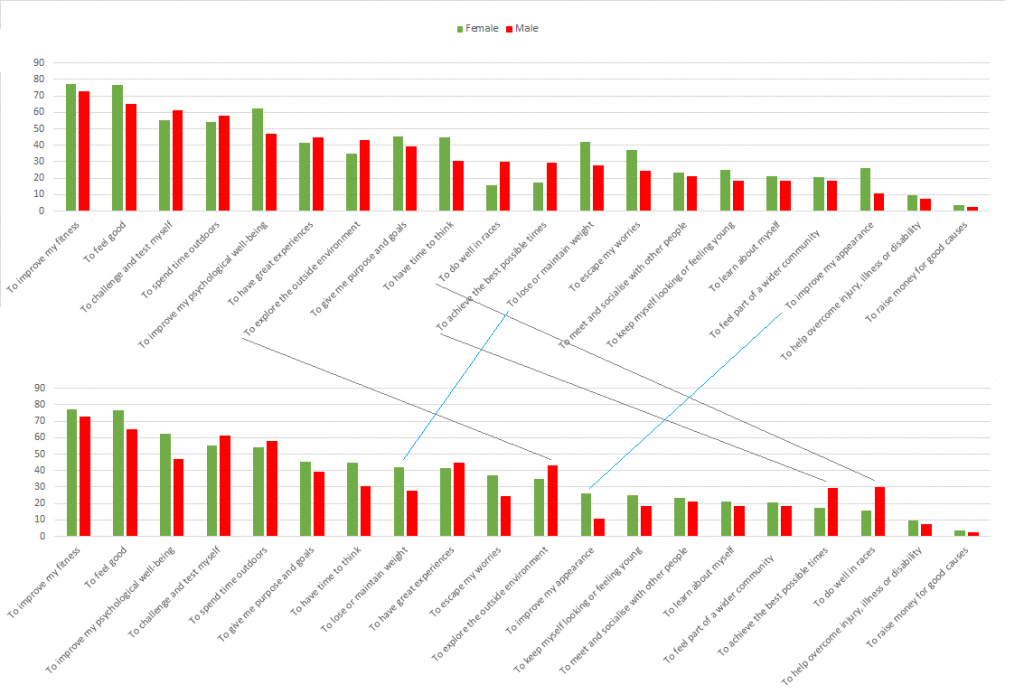
These charts show that although there are striking similarities in the rank order of the popularity of motivations between male (red) and female (green) runners, there are also some clear differences.
The blue and grey lines connecting the two charts show the difference in the prevalence rank of five motivations by gender. Those linked by the blue lines are more common amongst women, and those linked by grey lines are more often found in men.
Amongst women runners, the bodily-care motivations ‘to lose or maintain weight’ and ‘to improve my appearance’ are the 8th and 12th most common (42% and 26%). For men runners, these rank 12th and 18th (28% and 11%).
For the competitive motivations ‘to do well in races’ and ‘to achieve the best possible times’ this pattern is reversed. Amongst men these are the 10th and 11th most commonly chosen strong motivations (both 30%), whereas amongst women they are down in 18th and 17th positions (16% and 18%). Men are also more likely to identify ‘exploring’ as a key motivation (7th place, 43%) than women (11th, 35%).
Changes with age
Now let’s take a look at how motivations differ across age groups for each gender. I’m going to focus on a smaller number of motivations here – just those that show interesting variation.
The charts below show the mean levels of motivation (out of 2) for six age groups for male runners on the left and female runners on the right. Bars shaded dark blue indicate a lower level of the motivation than the next youngest age group (motivation decreasing with age), and green indicates where the motivation have risen.
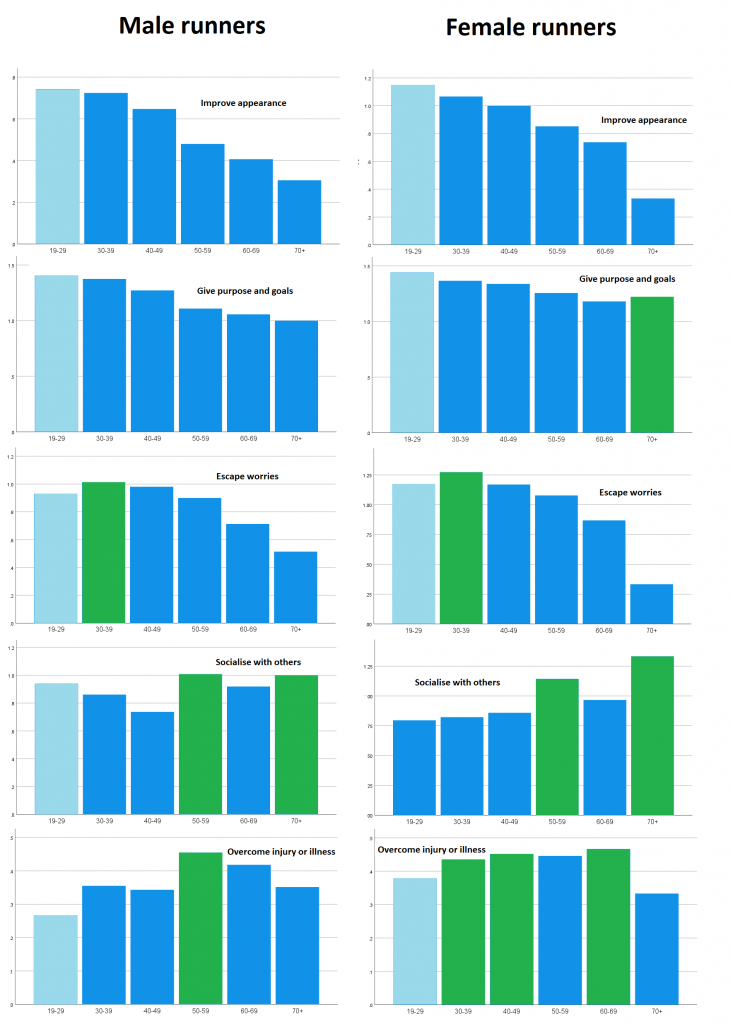
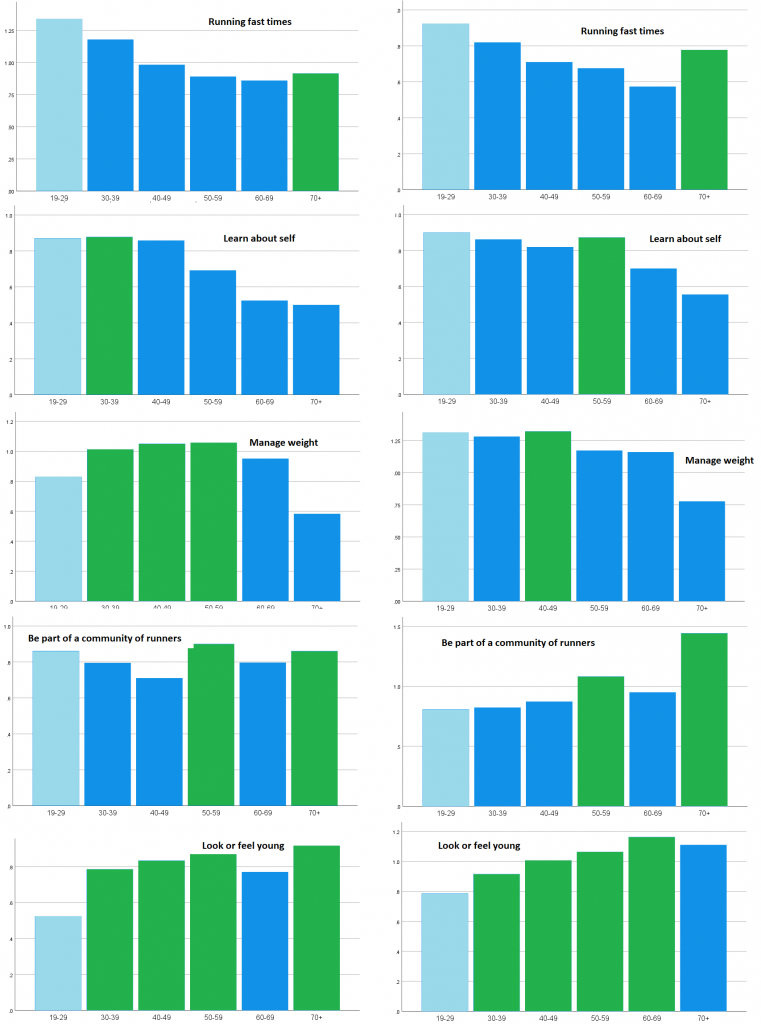
Across the sample, the trend is for lower levels of motivation in general in higher age groups. As the data above shows, this is especially true in motives around improving appearances and running fast (also doing well in races, not shown). Psychological wellbeing related motivations, represented here by ‘escape worries’ also drop off sharply in older runners, particular amongst women.
Weight management presents a slightly more complex picture, with fairly steady levels across the age groups except for the oldest runners. Unsurprisingly, the goal of ‘looking or feeling young’ appears to become more and more important as people age.
Social motivations (socialising with others and being part of the running community) seem to decrease from early to mid-adulthood, but pick up somewhat amongst older runners. This effect is especially striking amongst female runners. This may reflect how opportunities to socialise in other contexts (and the available time for doing so) vary across the life course.
A reflection of who we are
I hope this post has demonstrated just how complex and varied the motivations for running can be. One of the fascinating things about studying running motivations is that they provides a window on our needs and the things we aspire to, value or what to lay claim to. Running is popular today in large part because it’s able to key into and provide solutions to many of the core concerns of our age.
The data from my Big Running Survey affords lots of other ways of looking at motivation, whether in relation to other social variables like class, education or family setup, or in terms of different sub-cultures within the sport. In later posts I’ll dig into these topics in much more detail.
Just follow me on Twitter for updates on future posts.
